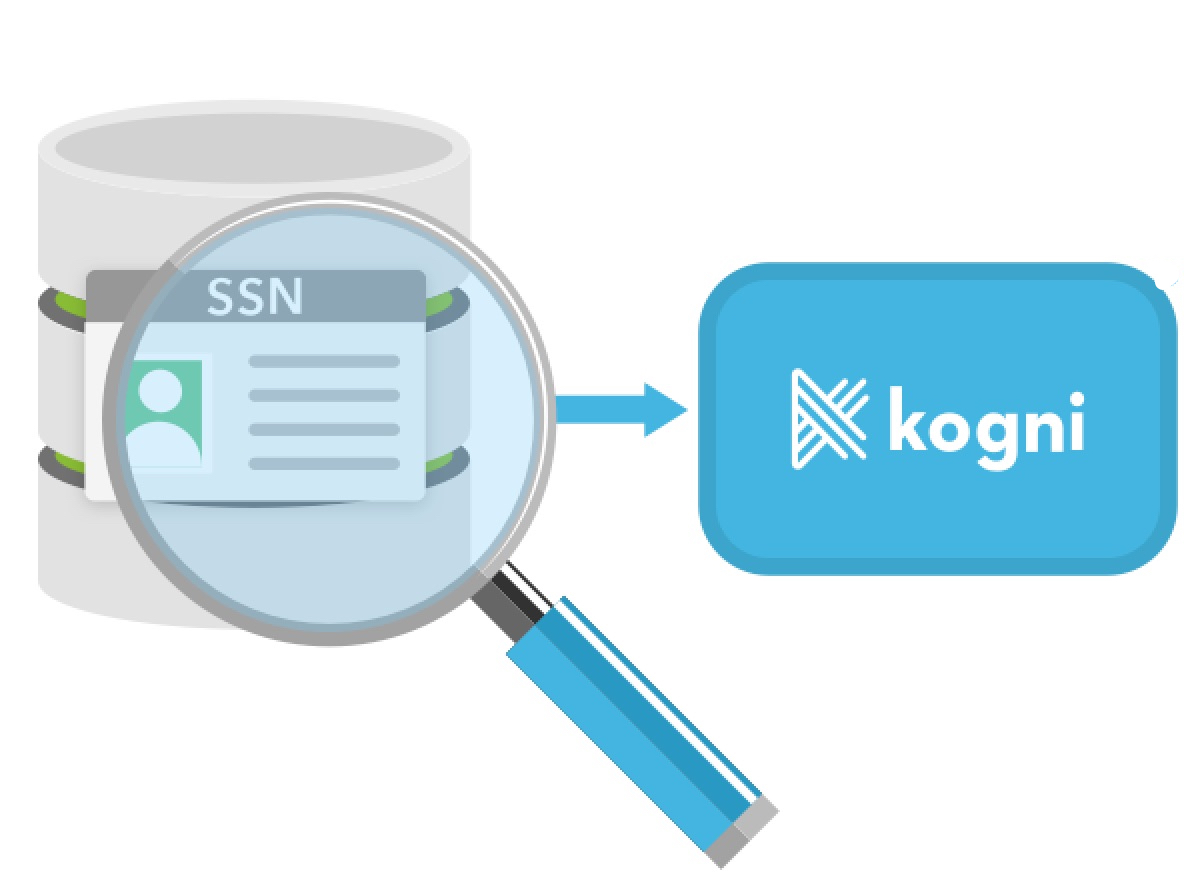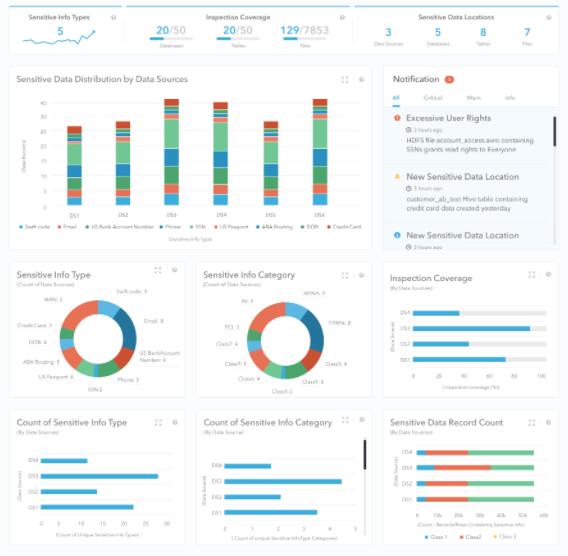Why Automated Sensitive Data Catalog
A common misconception is that IT teams can manually compile a list of sensitive data


A common misconception is that IT teams can manually compile a list of sensitive data locations. However, manual sensitive data discovery is impractical for the following reasons:
The sheer number of data stores potentially containing sensitive data makes manual discovery impractical. Clearly, automation is needed.
Combine the fact that in today’s dynamic IT environment, sensitive data locations keep changing with time, automatic sensitive data discovery becomes almost a must-have.
The Kogni Discovery Engine is the ideal solution for this problem. It scans an enterprise’s data stores and automatically builds a sensitive data catalog. The sensitive data catalog can be explored in Kogni’s intuitive, interactive dashboard, and it can also be accessed through an API to build higher-level functionality such as data-erasure logic.

Kogni’s Interactive Sensitive Data Dashboard
Highlights of the Kogni Discovery Engine: